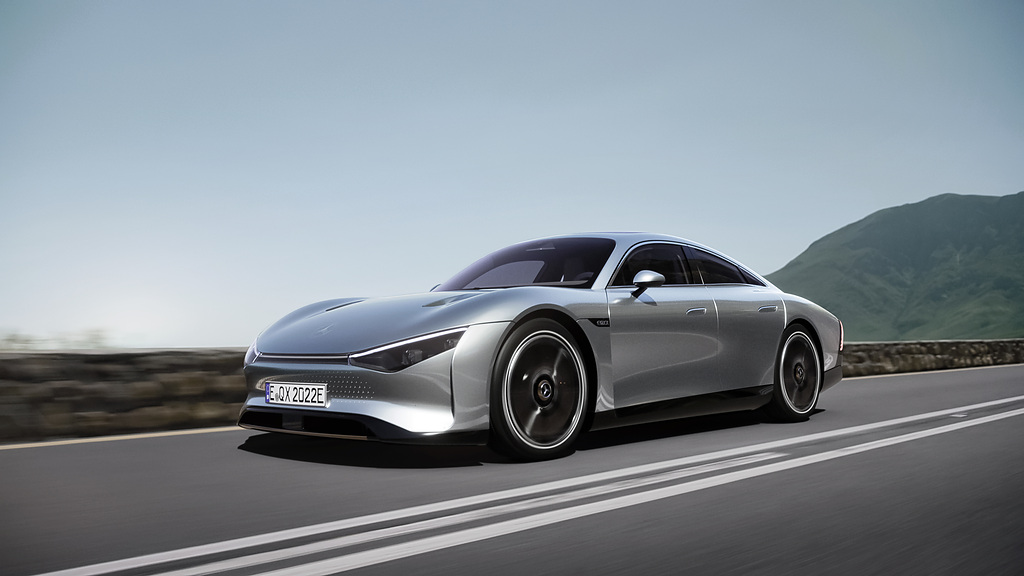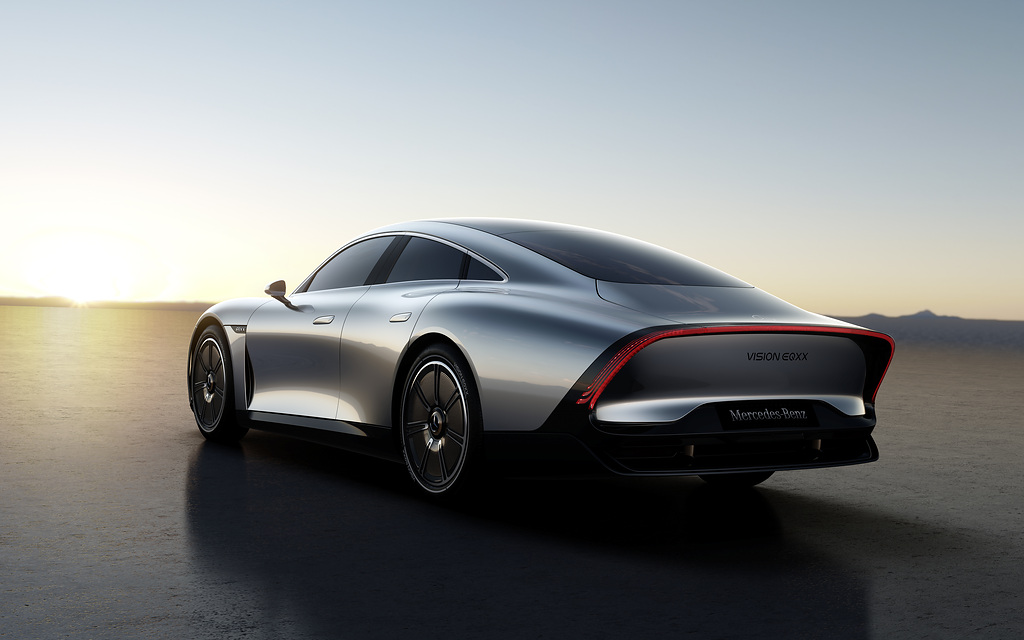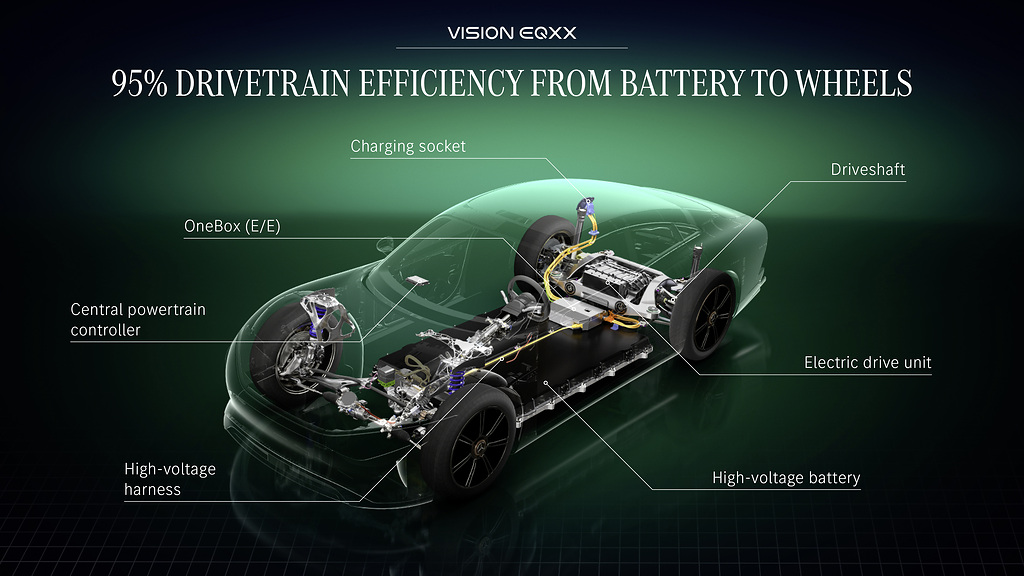Test Drive of the Mercedes-Benz Vision EQXX
Giancarlo Perlas April 19, 2022
The Vision EQXX might be the most fuel-efficient Mercedes ever built. On April 5, this experimental concept automobile went 626 miles (1,007 km) on a single 100 kWh battery charge from its origin in Stuttgart, Germany, through the 2,000-meter Gotthard Pass in Switzerland, to the French Riviera. The automobile averaged 90 km/h while scrupulously adhering to all speed regulations, achieving a top speed of 140 km/h on an unrestricted part of the autobahn.
The crew made two 15-minute pauses before landing in Cassis with just 88 percent of the battery remaining and a range of 140 kilometers (as confirmed by German TÜV officials). Trucks will be mass-produced soon, therefore, you may learn more at the Truck Driving School Sacramento. In this review, we’ll go through how this incredible achievement was accomplished and how close the incoming EQC sedan is about to match it.
What Are the Efforts of the Team of Creators?

The EQXX team was tasked with achieving a single number of kWh/100 km usage (9 kWh/100 km = 1 liter / 100 km). The Riviera’s mileage was 8.7 kWh / 100 km (0.97 l / 100 km). The team prioritized their efforts in proportion to the forces exerted on such a fast electric compact sedan: 62 percent of the energy expended goes toward overcoming aerodynamic forces, 20 percent toward overcoming drag due to vehicle weight and rolling resistance, and 18 percent toward powertrain losses.
Least Drag Without Skirts And Wings
Clearly, aerodynamics was the #1 priority for the design team, and wheels are a huge problem (front wheels typically create a third of a sedan’s aerodynamic drag). The easiest (and ugliest) way to fix this is to fit the wheels into the body with skirts or a lining. But the Nice team managed to minimize wheel drag with very smooth, non-ventilated covers that hug the contours of the tire sidewalls. Even all the markings were carved into the rubber rather than embossed into it, and the rear wheels are offset from the front by almost 2 inches to be in the “wind shadow” of the front wheels. Significant body taper allows for those exciting rear shoulders that mask this “design” (which is also beneficial in terms of aerodynamics), but at the same time significantly reduces space in the cabin.
Final result:
- The drag coefficient is below 0.17 with a surface area of 2.10 square meters;
- The overall drag reduction is 29 percent compared to the EQS sedan (0.20, 2.51 sqm).
Weight Saving
The EQXX is said to weigh 1,755 kg, which is somewhat less than the 1,769 kg Tesla Model 3 Long Range single-engine car we weighed in 2017. It also has a smaller 75 kWh battery. One reason for this is the more energy-intensive battery pack, which requires passive cooling. It weighs roughly the same as an actively cooled 75-kilowatt Model 3 battery, at 494 kg including the charger/controller. In the rear body construction, “metamaterials” are utilized. Furthermore, the cast front dampers, cast rear shoulder strap mounts, and aluminum wiper motor support are composed of metal only where mechanical demands necessitate it, and where lightning holes provide less load. These apertures are filled with UBX resin panels manufactured from waste as necessary. In addition, composite springs, a carbon fiber rear engine mount, and aluminum brake discs are included.

Engine/battery Optimization and Rooftop Solar Panel
Mercedes has yet to release the complete specs of the EQXX’s battery and motor, other than the fact that they run at 900 volts to decrease amperage, cable size (and weight), and total system losses. The battery is still made of nickel manganese cobalt and uses high silicon anodes, and it is stated to be 95 percent efficient (90 is more typical). Mercedes’ 241 hp eATS 2.0 engine has a new stator winding technique with more copper positioned near the rotor for increased power and economy. On a bright day, the roof and rear window are covered with 25% photovoltaic panels, which are largely used to power infotainment and other non-travel equipment, extending the car’s range to 25 kilometers.
Could the Next C-Class Use These Technologies?
The EQX is around the same size as the future MMA C-Class, but the production version will consume less energy per 100 kWh. Simply raising the top and enlarging the rear track and/or cabin to give competitive room negates most of the EQXX’s aerodynamic advantage. Engineers characterize the EQXX technology as having three components: one that is ready for production today, one that will be ready soon, and one that is still in the experimental stage.




